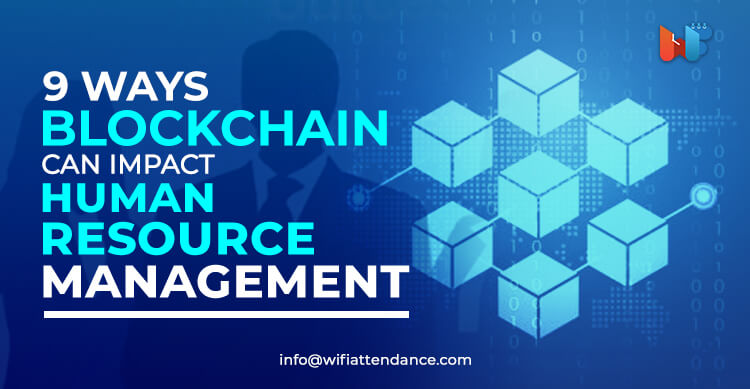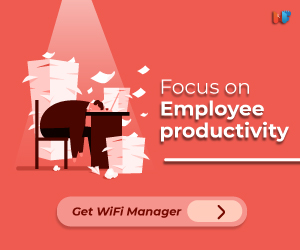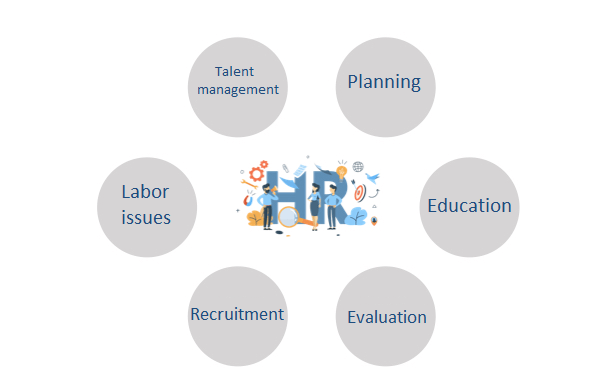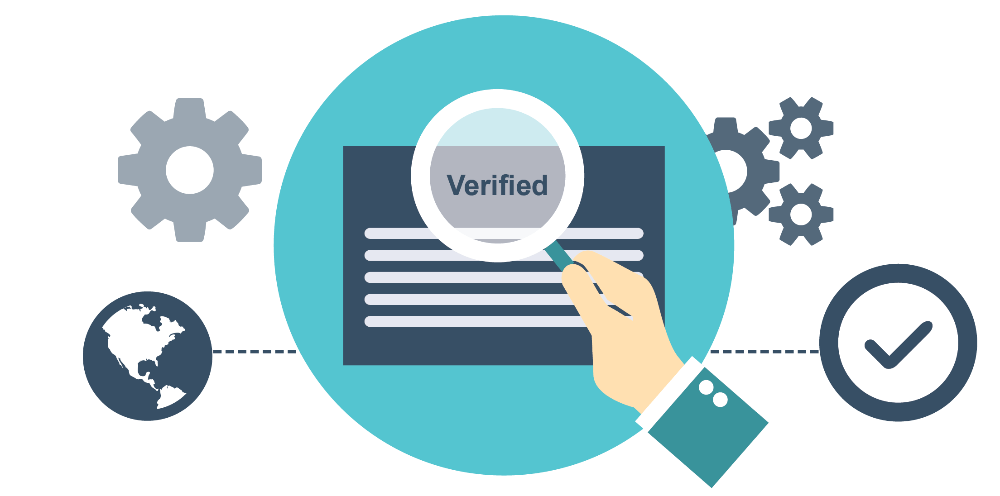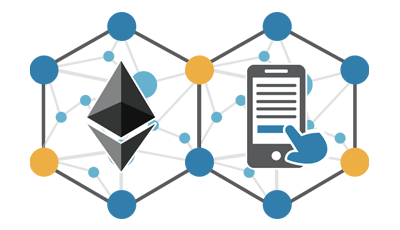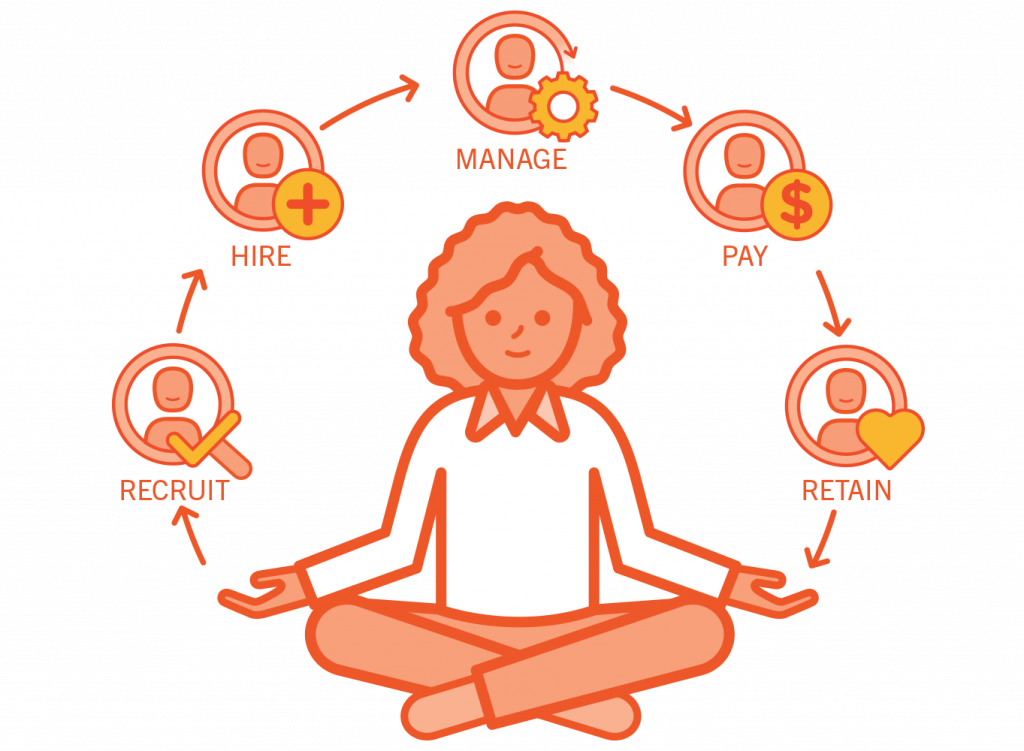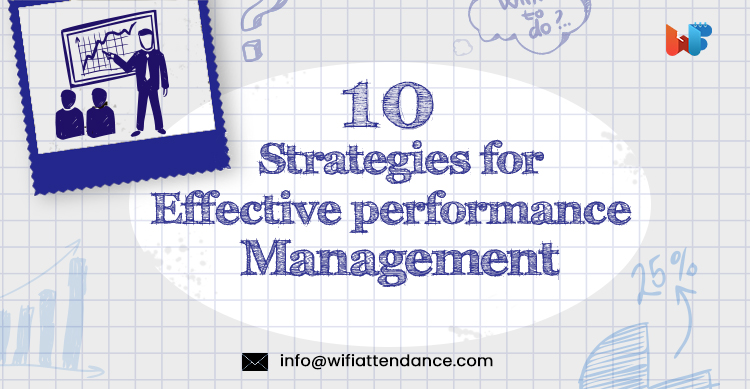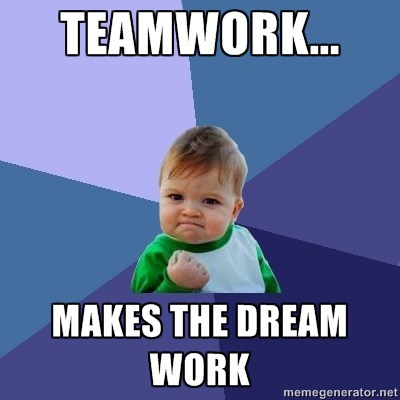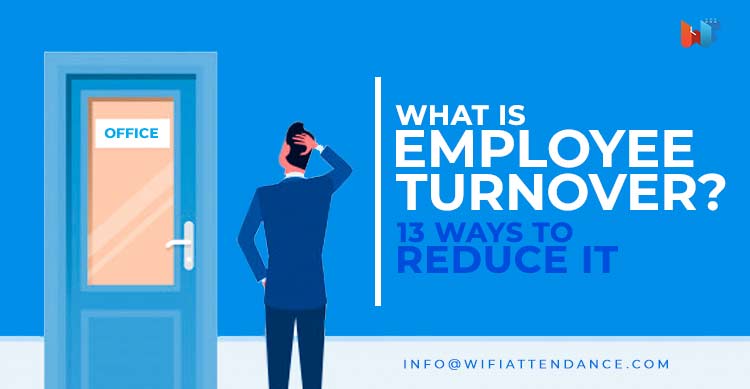According to survey reports, talent management process is going to be the key to improve productivity and success for any ventures or organizations of all sizes. HR department should be working closely to come up with engagement, creative rewards and development to attract the best people for their firm and retain them. Out of all, Succession Planning turns to be the most important for an organization in this process to taste success and maintain it for long.

Some of you might be wondering what exactly succession planning is and how come it becomes so important for a venture. Some might even mistaken it for career planning. However, this is all about effective planning and implementation of flawless transitions of key lead role positions within an organization.
This is not the result of a one step process but includes all of the following:
- Recruitment of new talent
- Executive search
- Assessments for selection
- On-boarding the new leader
- Successful transition of the new leader
Here let us have a detailed look at the ins and outs of succession planning- the objectives, the guide to accomplish it, its benefits, strategies to execute it and its relevance in today’s business era.
Objectives of Succession Planning
Key positions of an organization can become vacant anytime due to a number of reasons like resigning to join a new job, retiring at a particular age, getting promoted within the firm, getting deployed for new activities or getting placed in novel positions at the same level.
The main objective of succession planning is identifying these gaps in positions well in advance and developing the skill set of the current work force to assure flawless transition to the vacant positions.
Here let us have a look at the key goals of succession planning.
- Identify the future leaders
- Maintain brand identity
- Minimize investor concerns
- Develop a long-term map for the future
- Stimulate professional development and collaboration
How to Do Succession Planning?
This is in fact an ongoing process that spots out the requisite competencies and analyzes, develop, and maintain a talent pool of professionals. This will help them to assure continuity of lead roles for all critical positions as and when needed. HR department should work in unison and follow particular steps to accomplish the goals and mission in workforce planning.
Here let us have a look at what exactly needs to be done to do succession planning.
- Understand the type of your organization
- Assess your current work force
- Decide strategies for success planning
- Identify the strongest performers
- Go for deeper level discussions
- Allow employees to grow and develop laterally
Benefits of Succession Planning
Timey succession planning in fact helps an organization to have a bigger return on investment. Moreover, you can have the privilege of enjoying good peace of mind by knowing that everything is planned to be in place in the near and long future. Here are some of the key benefits that come your way with a strategic succession planning.
- Strengthens departmental relationships
- Leads to an improved hiring strategy
- Minimizes recruitment costs
- Helps to sustain income and support expenses
- Spot out and address competency gaps
- Keeps the overall mood buoyant
- Gives a bigger picture of venture’s future
Succession Planning in HR- What to Know
HR department is the key authority when deciding the strategies for the talent management and succession planning. A small mistake can have bigger impacts in the long run.
Here are a few things to take note by HR team in the process of succession planning.
- How regular feedback helps?
- Why an open mindset is crucial?
- How an early inclusion helps?
- Why advanced training is mandatory?
Read Also: 10 Benefits of Studying Human Resource Management in 2020
Succession Planning Strategies
Simply going with the flow and doing the basics alone may not always help when it comes to important roles like succession planning. A thorough research and thinking has to be done to devise advanced strategies to assure smooth functioning of the plan.
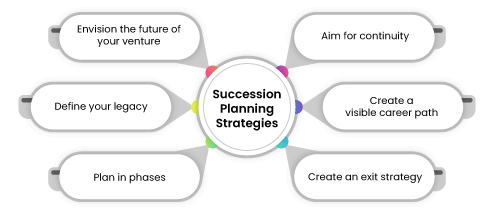
Let us have a look at some of the key strategies that might help you to plan smartly.
- Envision the future of your venture: Foresee the needs of the firm in the future and have a pool of talents ready in the corner that you can depend any time to ensure growth of business in the right direction. See that you don’t force anyone to take up the role but go for talents with enough drive and passion.
- Define your legacy: Ensure that proper mentoring is done by leaders to help their successors to take their position with all confidence before they leave the organization.
- Plan in phases: See that succession plan is done in phases and not in a hurry. You can plan for people who will be ready immediately and may be people who will be apt for the role after five years, as well.
- Aim for continuity: More than the perfection, the plan should be to assure proper continuity of the role or the processes that were in action.
- Create a visible career path: Make your current workforce a part of ongoing skill development and let them discuss career objectives and envisage themselves in the future of your business.
- Create an exit strategy: In the process of ensuring leadership continuity, creating an exit strategy is very important which assures smooth working of the organization in the absence of a key person.
Moreover, you can try some or all of the following key tips that is sure to help in the succession planning.
- Create transparent succession planning programs based on individual merits and not based on biased recommendations
- Give proper learning opportunities, training and challenging work assignments to the shortlisted ‘successors’
- Encourage internal competition among potential future leaders
- Rotate talented employees into different roles on a frequent basis
- Often measure the succession planning program using metrics for a range of areas like bench strength, retention of talent, leadership development and competency management
Significance of a Comprehensive Succession Planning Model
A clear picture of how things are going to be worked out is necessary to make it successful. Having a vague idea and planning as you go may land you into trouble. That is why it is important to script out a model for succession planning and work closely to make sure that everything is covered and updated on the go.
Have a look at a typical succession planning model followed by top organizations.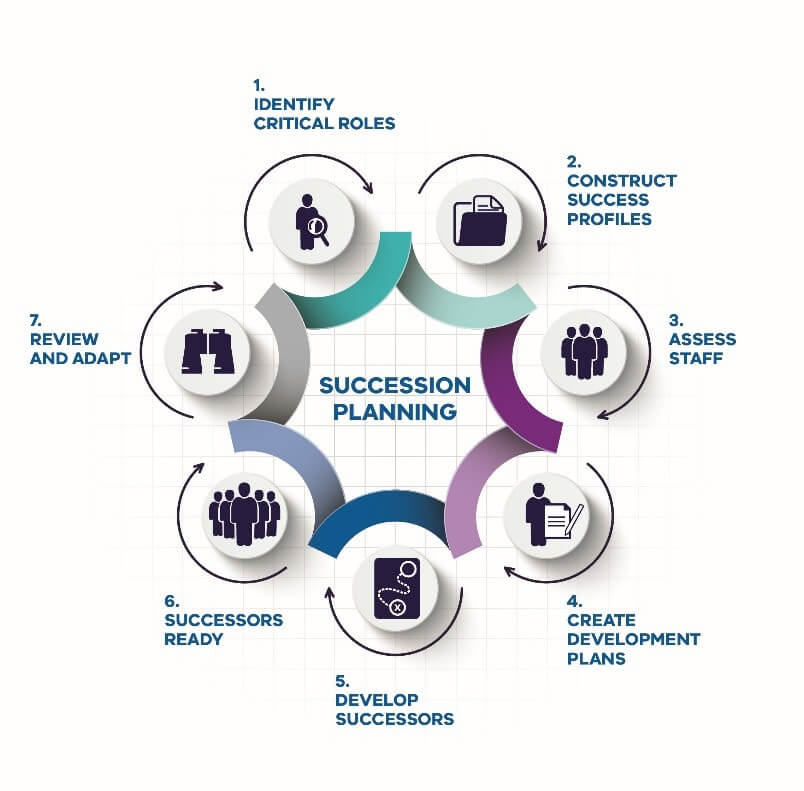 Top Advantages of Succession Planning
Top Advantages of Succession Planning
Basically, succession planning helps to identify the talents within the organization and develop them to assure smooth transitions to leadership roles anytime in future. In fact, the advantages are more than that. Importantly, you can minimize the turnover rate drastically by not choosing and retaining the wrong team. A proper plan helps you have a right team at the right time and that too at the right place.
Some other top advantages that come your way includes
- Accomplish targeted employee development
- Enhanced employee engagement
- Boost in workforce productivity
- Swifter goal achievement
Succession Planning Examples in Real Life
Some of you might be new into succession planning and wondering how you will put these strategies into real life and how to get things done. Some might be even confused about the actual significance of succession planning in real life.
However, the fact is that succession planning is not at all a new trend and all top successfully running organizations that we see today have implemented succession planning in their early phases itself.
You cannot expect the same set of people to work continuously for long years for a company. People changes from time to time but your venture should move on and that is why smooth transition of key roles within the firm is important.
Let us take the example of Barneys New York. Daniella Vitale was named the new CEO of the firm 2 years ago. Mark Lee who was her predecessor announced that it was proper succession plan of over five years that helped them to assure smooth transition.
Read Also: 13 Roles And Responsibilities of HR in a Company
The case of Apple is another best example of succession planning. Apple University is a model of how technology can be used as a succession planning tool. It comes with a leadership curriculum that comprises content based off of Job’s professional life experiences. The objective was to enable Apple employees to think like Steve Jobs and make powerful and wise decisions like him.
Importance of Succession Planning
Preparing top talents within the organization to replace the key positions of a company is as important as signing a top deal with a tough customer. A competent team is a company’s strength and that is why assuring their presence in the long future or finding proper replacements without affecting the smooth workflow is important. If HRM fail to replace a key position on time, it can have bigger impacts in the success rates and productivity.
Conclusion
Moreover, it is all about disaster proofing of your business and to ensure continuous success. Keeping the leaders of the future ready gives an organization enough breathing space to plan for the next phases of the project or plan for new projects confidently.

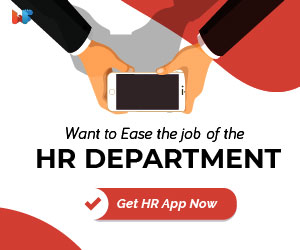
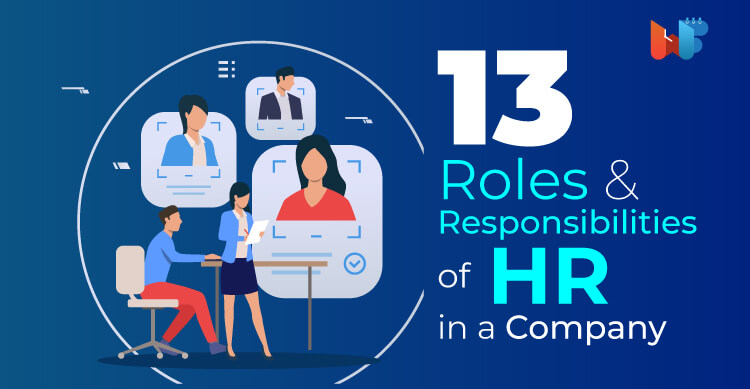
















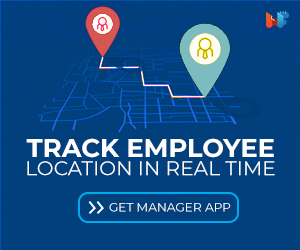

 High employee turnover can negatively affect a company. In fact, it costs twice as much as a current employee’s salary to find and train a new recruit. When you become a human resource professional, you will get to know how to hire the right people(those who are best qualified for the positions and will help the company to attain their organizational goals)for the company from the start.
High employee turnover can negatively affect a company. In fact, it costs twice as much as a current employee’s salary to find and train a new recruit. When you become a human resource professional, you will get to know how to hire the right people(those who are best qualified for the positions and will help the company to attain their organizational goals)for the company from the start.


 Human resources conduct needs assessments for employees. It helps to determine the type of skills training and employee development programmes that are necessary for improvement and additional qualifications.
Human resources conduct needs assessments for employees. It helps to determine the type of skills training and employee development programmes that are necessary for improvement and additional qualifications.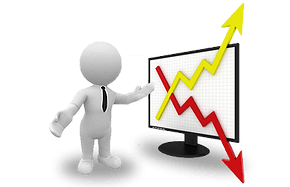 It is vital for human resources to define the processes, be it the 360-feedback review, the annual pay review or the development of a new program, as specific projects. A human resource professional need to understand a project’s broad budget.
It is vital for human resources to define the processes, be it the 360-feedback review, the annual pay review or the development of a new program, as specific projects. A human resource professional need to understand a project’s broad budget.

 A degree or masters in HR can be a big plus, if you enjoy meeting new people and working alongside clients, colleagues and senior HR management. Working with people is an important part of any HR role and dealing with the psychology of human nature will be very beneficial for you to ride high in career.
A degree or masters in HR can be a big plus, if you enjoy meeting new people and working alongside clients, colleagues and senior HR management. Working with people is an important part of any HR role and dealing with the psychology of human nature will be very beneficial for you to ride high in career.
